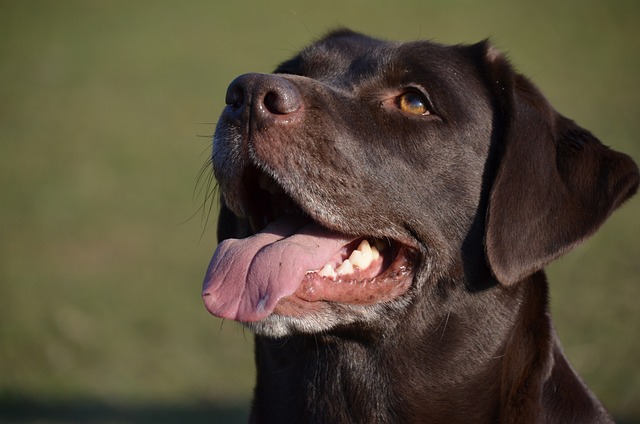
How to improve a dog’s coat condition
If you’re a new dog parent in the US—maybe you brought home a fluffy Golden Retriever puppy from a shelter in California or a sleek Greyhound from a breeder in New York
If you’re a new dog parent in the US—maybe you brought home a floppy-eared Cocker Spaniel from a shelter in California or a cuddly Basset Hound from a breeder in Ohio—you’ve probably leaned in to check your pup’s ears after they shook their head one too many times and thought: Is all this waxy gunk normal? Finding thick, brown buildup in their ear canal can make you panic, but treating excessive ear wax in dogs is totally doable with the right steps. Let’s break it down simply, with what works, what to avoid, and how to stay on track with local pet rules.
First, let’s get why this happens: Dogs make ear wax to protect their ear canals from dust, dirt, and germs—just like we do. But some pups (especially those with floppy ears or narrow canals, like Cocker Spaniels or Shih Tzus) get buildup faster because air can’t circulate as well. Excessive wax might also come from living in dusty apartments, playing in grassy parks, or even just not getting regular ear checks. It’s not usually a sign of something serious—unless it’s accompanied by redness or a bad smell (then it’s time for the vet). Take Jamie, a first-time owner in Texas: Her 6-month-old Beagle, Charlie, had so much ear wax he started scratching his ear. She worried it was an infection, but her vet said it was just buildup from Charlie’s love of rolling in park grass. A few gentle cleanings later, Charlie was back to his playful self.
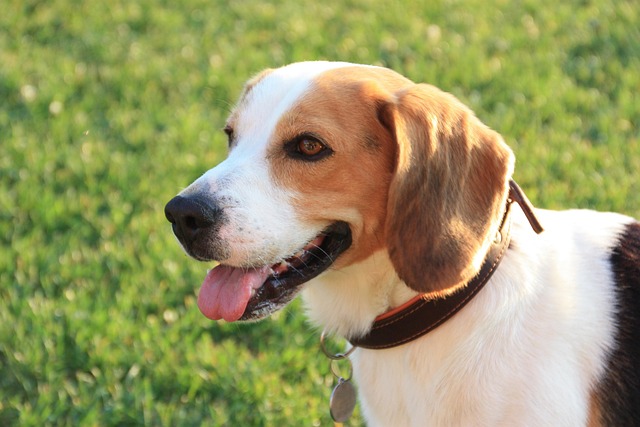
Now, the step-by-step to treat it safely: Start by grabbing a dog-specific ear cleaner (never use hydrogen peroxide or cotton swabs inside the ear—those can hurt their eardrums!). Make it fun for your pup: Sit on the floor with them, give them a chew toy, and offer a tiny treat (like a piece of cheese) before you start. Gently lift their ear flap (don’t yank!) and squirt a small amount of cleaner into the ear—follow the bottle’s instructions, usually just a teaspoon or so. Massage the base of their ear for 30 seconds (you’ll hear a squishy sound—that’s good, it loosens the wax!). If your pup wiggles, pause and give another treat—positive reinforcement turns ear time into a game, not a chore. Punishing them (yelling or holding them tight) will only make them fear ear checks, and stressed dogs hide discomfort. After massaging, let your pup shake their head—this gets rid of loose wax—then wipe the outer ear with a damp cotton ball. Do this once a week until the buildup is gone.
Let’s tie in the rules and community habits that matter. Every US state requires core vaccines (while ear wax isn’t vaccine-related, regular vet visits—mandatory for vaccine updates—let your vet check for wax buildup or hidden issues). Skipping vet appointments could mean you miss early signs of infection, and in states like New York or Florida, it might lead to fines. If you live in an apartment, clean your pup’s ears regularly to avoid wax odors—neighbors won’t appreciate a musty smell drifting through vents. When you take your dog out, even if they’re just getting ear care, always clean up their poop—cities from Seattle to Boston have fines up to $300 for leaving waste, which spreads germs to kids and other pets. And skip dog parks if your pup’s ears are irritated—other owners will thank you for keeping their dogs from picking up potential issues.
Treating excessive ear wax is all about gentle, consistent care. With the right cleaner, positive reinforcement, and follow-through on local rules, you’ll keep your pup’s ears happy—and that means more snuggles and fewer head-shaking nights.

If you’re a new dog parent in the US—maybe you brought home a fluffy Golden Retriever puppy from a shelter in California or a sleek Greyhound from a breeder in New York
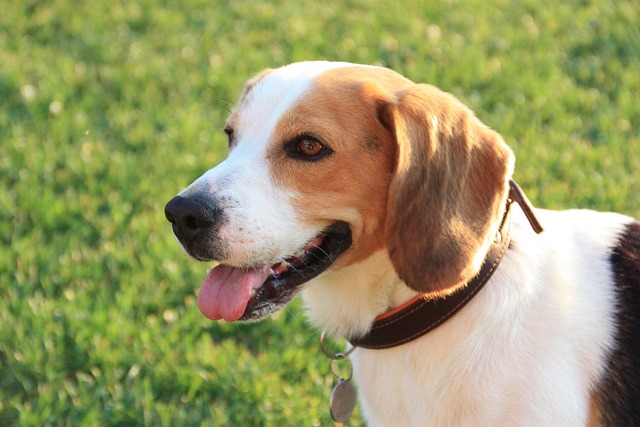
If you’re a new dog parent in the US—maybe you brought home a floppy-eared Cocker Spaniel from a shelter in California or a cuddly Basset Hound from a breeder in Ohio
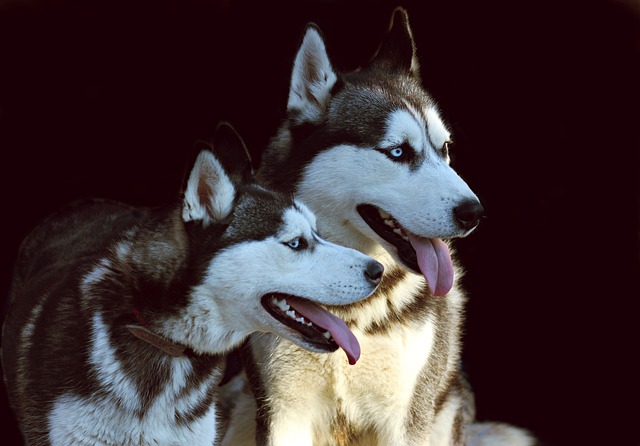
Dog owners often panic the first time they hear that harsh, honking cough—worried not just about their pup, but if they’re putting other dogs at risk.

If you’re a new dog parent in the US—maybe you brought home a bouncy Cocker Spaniel puppy from a shelter in Florida or a calm Basset Hound from a breeder in Ohio

If you’re a new dog parent in the US—maybe you just brought home a playful Lab puppy from a shelter in Texas or a cozy Shih Tzu from a breeder in New York
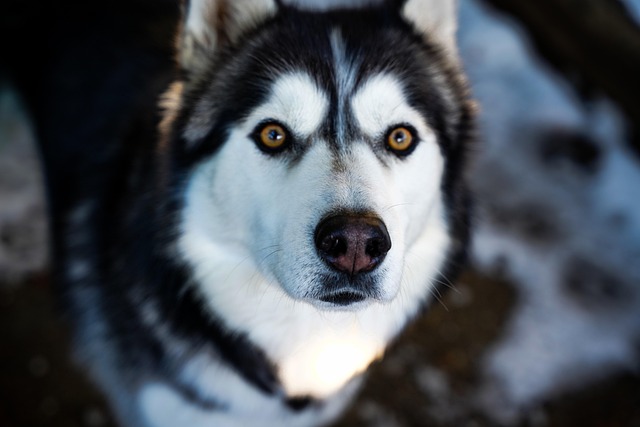
If you’re a new dog parent in the US—maybe you picked up your first pup from a shelter in Denver or a breeder in Florida—finding your dog with red